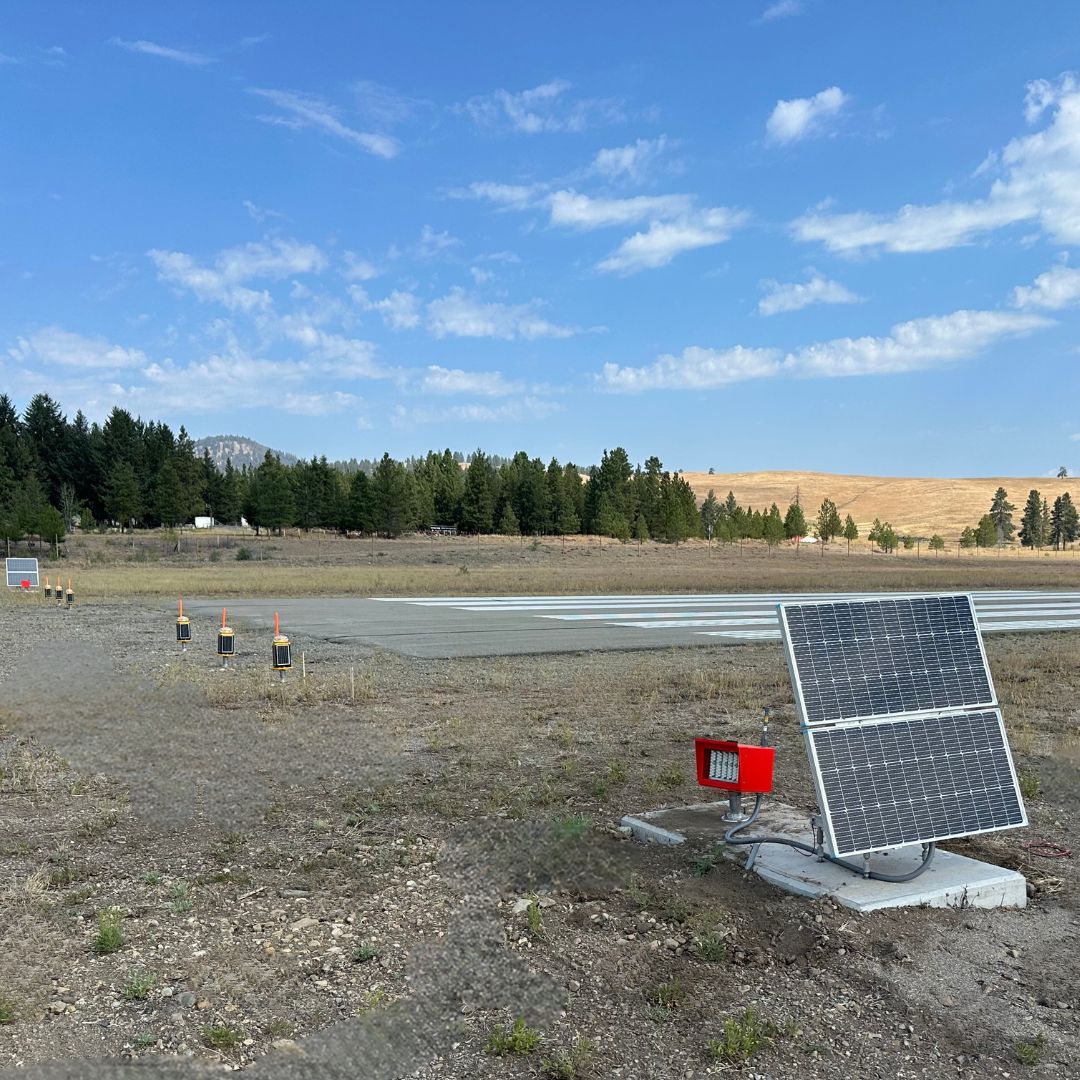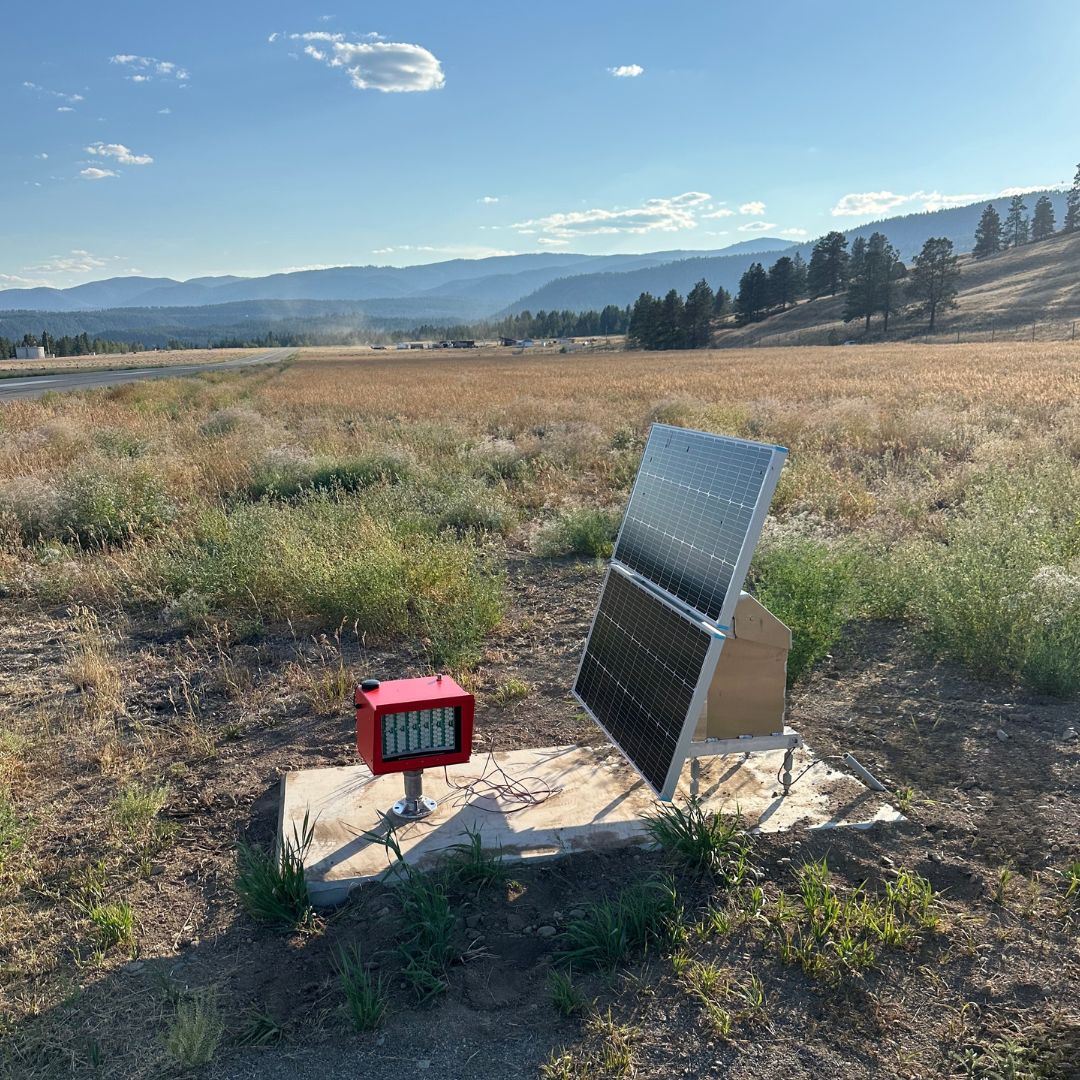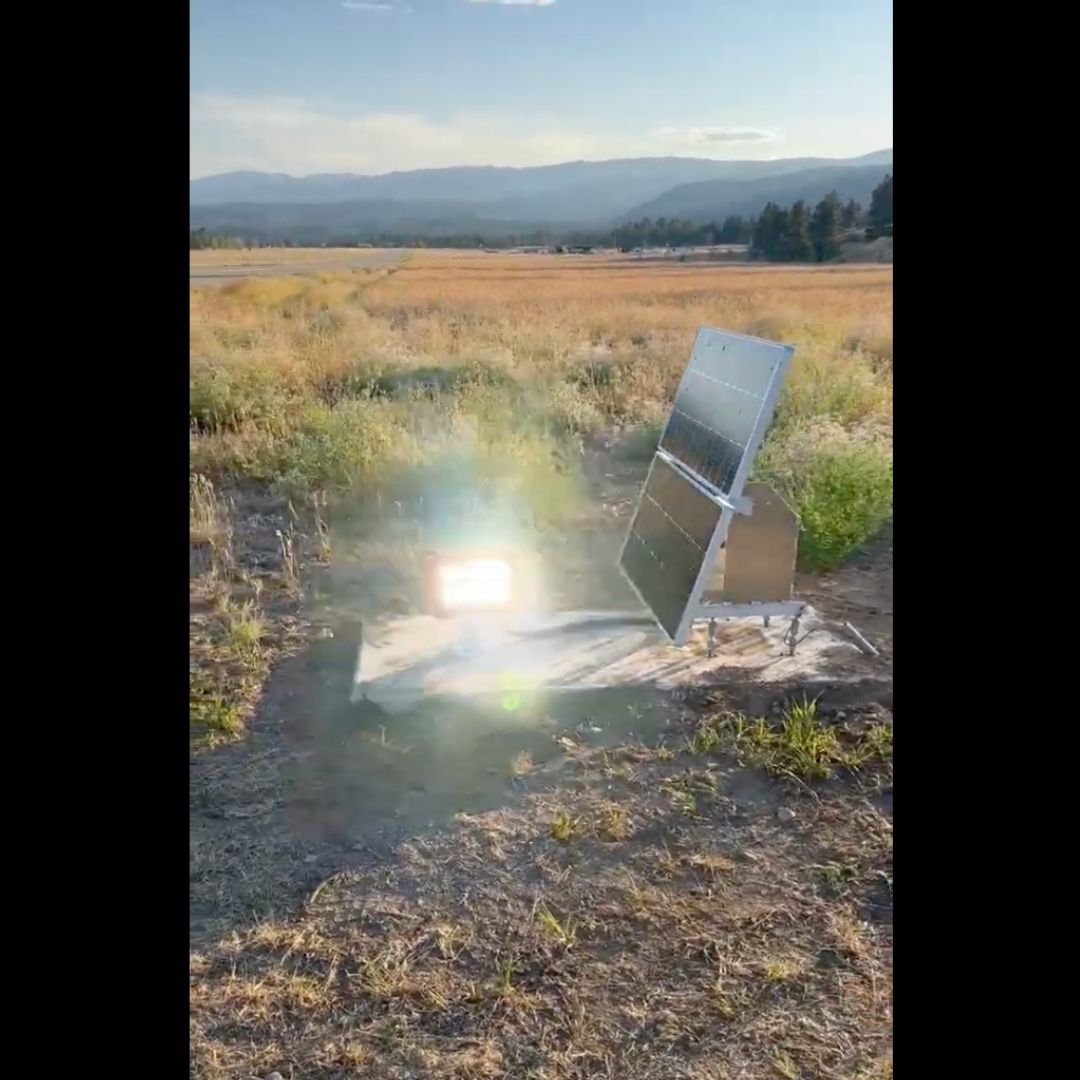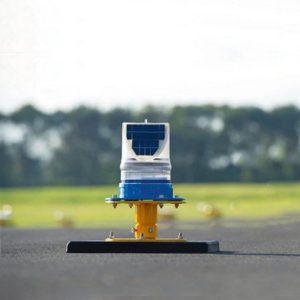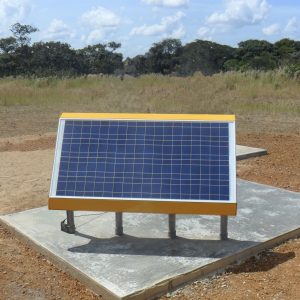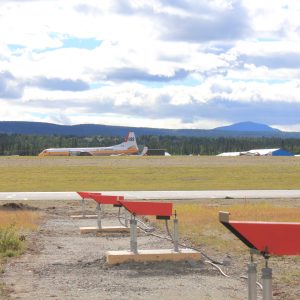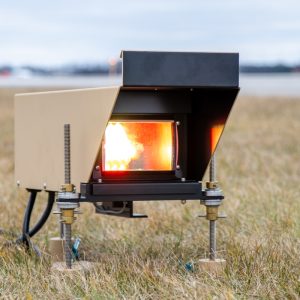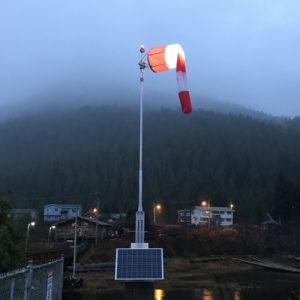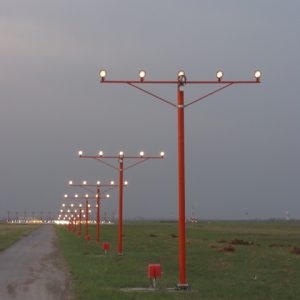REIL Lights
REIL Lights
Complies with:
- ICAO Annex 14 Vol 1 Section 5.3.8
- FAA AC150/5345-51B L-849
The Solar LED Runway End Identifier Lights (REILs) consist of two synchronized, unidirectional flashing lights positioned on each side of the runway at the approach end. These solar REIL lights provide effective identification of the runway end or threshold for both visual and non-precision runways, significantly enhancing runway safety by ensuring clear visibility, especially under challenging conditions such as low light or adverse weather.
Equipped with radio control capabilities from air traffic control, ground personnel or ARCAL, these REIL lights offer three adjustable LED lighting intensities to adapt to varying visibility conditions. This flexibility ensures compliance with FAA, ICAO, and military operating standards, making them suitable for diverse operational environments. The system is designed to withstand all weather conditions, featuring an ergonomically constructed frangible solar power charging mechanism that maximizes energy efficiency and extends operational run times.
The REIL system operates with a nominal intensity of up to 15,000 effective candelas, providing visibility ranges of approximately three miles during the day and up to twenty miles at night. Each light flashes at a rate of 60 flashes per minute, with a beam pattern designed to enhance visibility against surrounding lighting. This innovative design not only emphasizes sustainability but also significantly reduces operational and maintenance costs compared to traditional xenon systems.
Features
- Efficient optical design for increased run times
- Self-contained solar systems eliminate battery charging
- Quick and easy handling
- Optional radio control with MESH network
- Remote operation from ATC tower, ground personnel or ARCAL
- Robust weatherproofing for endurance and efficient LED cooling
- Frangible stainless steel fixing plates for secure fixing to hard or soft ground
Applications
- Permanent – where electrical infrastructure is not available or reliable
- Portable – during emergency power failure or construction operations
- Temporary – during times when threshold displacement is needed




